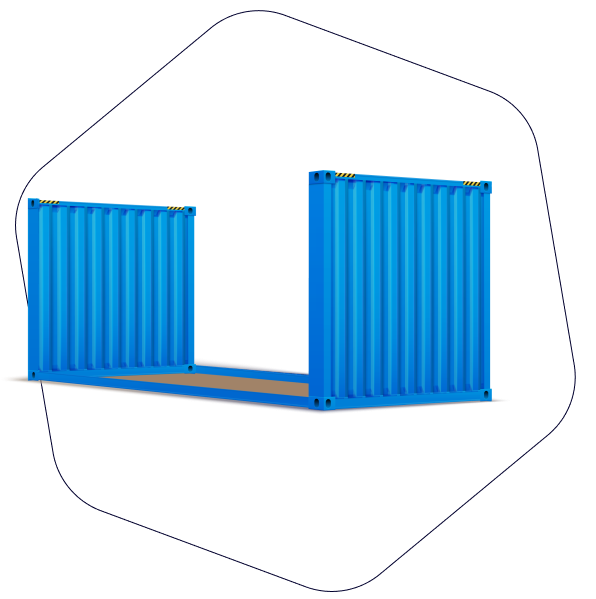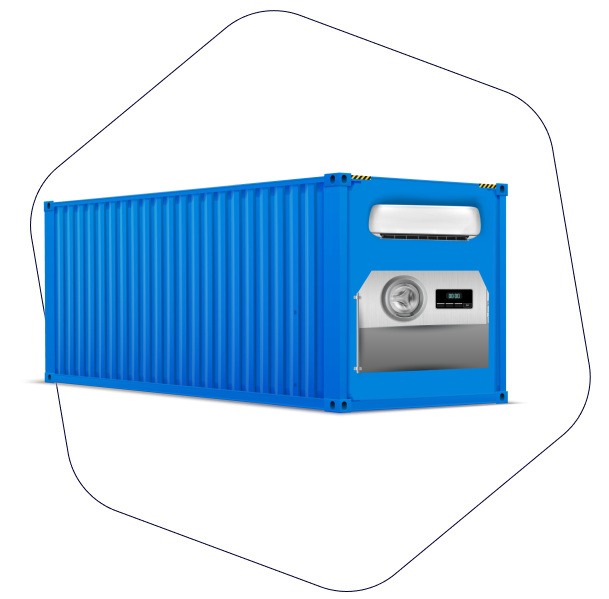Drayage/Intermodal
Solutions that align perfectly with your business needs
Drayage is a form of trucking service that connects the different modes of shipping, such as ocean freight or air freight. It’s a short-haul trip that transports goods from port/rail ramp to the final destination, usually before or after its long-haul shipping process. Typically, involves several steps and stakeholders to ensure the smooth transportation of goods.

Coverage
The DGL network covers all 217 American ports and rail ramps, 174 Canadian ports, the availability of each one fluctuates depending on the day and volume of the port. Therefore, Dedicated Ground Logistics provides in advance the capacity for each port to find the optimal solution and timing for your requirements.
Expanded
Drayage reach

DGL provides adjustable rates and is available 24 hours a day, 7 days a week, which indicates flexibility and responsiveness to meet customer needs. In Mexico, Canada, and the United States.
The DGL network only covers the United States and Canada. It covers every port and ramp in the US and most of Canada, and since it has several strategic partners in each location, it can always offer a lot of options.
Explore our
Truck offerings
Ports
Ports of Canada
Ramps
Vancouver, VC
Washington, NC
Portland, OR
Los Angeles, CA
Oakland, CA
Salt Lake City, UT
Phoenix, AZ
Denver, CO
Laredo, TX
El Paso, TX
Dallas, TX
Houston, TX
New Orleans, LA
Mobile, AL
Jacksonville, FL
Tampa, FL
Miami, FL
Atlanta, GA
Charleston, SC
Wilmington, NC
Charlotte, NC
Greensboro, NC
Norfolk, VA
Baltimore, MD
Philadelphia, PA
New York, NY
Boston, MA
Montreal, QC
Toronto, ON
Cincinnati, OH
Detroit, MI
Chicago, IL
Minneapolis, MN
St. Louis, MO
Kansas, MO
Memphis, TN
Nashville, TN
Louisville, KY
Indianapolis, IN
Explore our
Container offerings
In intermodal logistics, containers or trailers are loaded with goods at the origin point and then transported using one mode of transport, such as a truck or train, to an intermodal terminal or hub.

Standard
20’
Dimensions (IN): 19’x7’x7′
Capacity: 33.2 cbm / 1,172 cbft
40’
Dimensions (IN): 39’x7’x7′
Capacity: 67.7 cbm / 2,390 cbft

Flatrack/ platform
20’
Dimensions (IN): 18’x8’x7’x7’x1’
Capacity: 33.2 cbm / 1,172 cbft
40’
Dimensions (IN): 38’x7’x7’x7’x2’
Capacity: 33.2 cbm / 1,172 cbft

Open top
20’
Dimensions (IN): 19’x7’x7′
Capacity: 33.2 cbm / 1,172 cbft
40’
Dimensions (IN): 39’x7’x7′
Capacity: 33.2 cbm / 1,172 cbft

Reefers
20’
Dimensions (IN): 17’x7’x7′
Capacity: 33.2 cbm / 1,172 cbft
40’
Dimensions (IN): 39’x7’x7′
Capacity: 33.2 cbm / 1,172 cbft
We provide
Specialized services in
FAQ´S
The import process involves picking up the container at the port or ramp before its loading dock, then transporting it to the warehouse for unloading, which can be either live or drop-off and pick. The empty container is returned to the loading dock after the delivery process is complete.
When we’re you talking about exports, the process begins picking up the empty container at the Port or Ramp, then it is taken to the warehouse for loading, which can be live load or drop and pick. Finally, a container is taken to the port or ramp with its contents.
The cost of the dray from the port is cheaper, and it’s more competitive when the lane is long. The containers are usually moved to these places via rail, in order to save money by keeping the dray at the lowest possible distance.